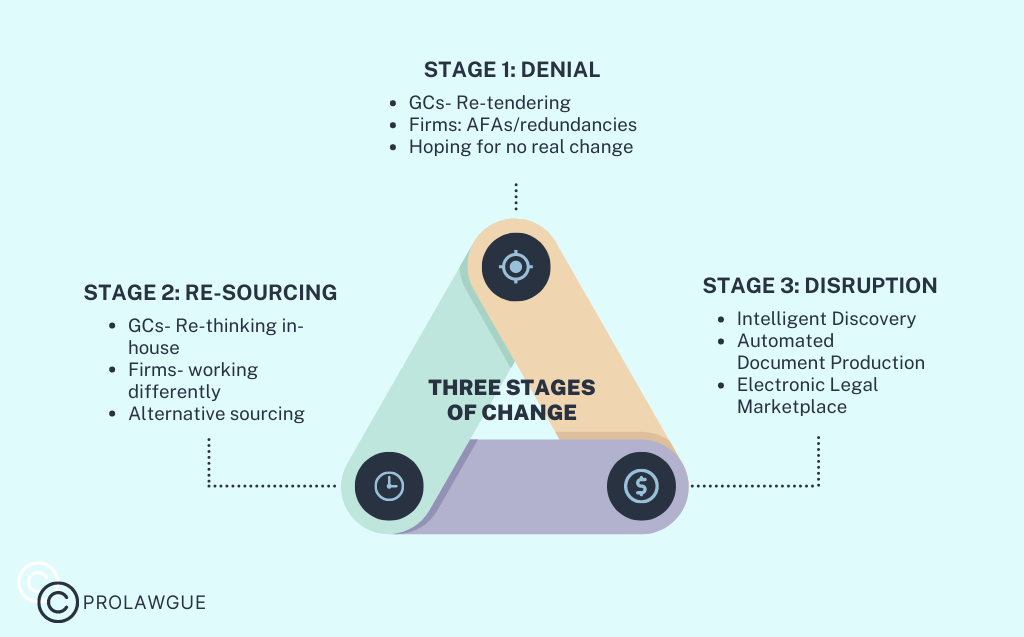Tomorrow’s Lawyers
Richard Susskind

We are starting a new section on the blog – book summary! The section will explore books we think every law student, lawyer, allied professional in the legal industry and even other professionals trying to start out in the legal industry should read! In this first post, we cover Tomorrow’s Lawyers: An Introduction to your Future by Richard Susskind
ABOUT THE AUTHOR
Susskind is the author of a series of books based on the future of law, primarily its interaction with IT and the internet. He started off as an undergraduate student at the University of Glasgow, and then went on to write his doctorate in law and computers at the University of Oxford. Susskind is now the President of the Society of Law and Computers at Oxford. Susskind has worked with one of the big four accounting firms and leading law firms for several years, during which he has also been a professor, and independent legal advisor. Susskind’s writings about the evolution of the legal field, primarily its intersection with technology and the internet are considered seminal works in the legal industry.
WHO SHOULD READ THE BOOK
Anyone who wants to understand the effect of Informational Technology and computerization on the legal industry. This book would be a good read for legal professionals, law students, and general readers exploring the legal industry.
KEY TAKEAWAYS
- IT and Computerisation is disrupting the legal industry at a fast pace, and lawyers need to catch up.
- The primary drivers of change are: more-for-less challenge, liberalization and Information Technology
- Collaborative strategies and efficiency strategies are essential to push a legal organization in the direction of the emerging landscape of law.
SUMMARY
Tomorrow’s Lawyers: An Introduction to your Future by Richard Susskind was first written in 2006, a time when technology was just entering the contours of several industries, and law was one of them. However, the industry was not very porous at the time. Susskind compares this phenomenon to the game of hockey. He says “skate where the puck’s going, not where it’s been”. Implying that the lawyers and legal professionals should plan in the direction that the industry is expected to move, and not against it.
The book is divided into three parts, each one of which tackle separate ideas, linked to each other in a coherent manner.
PART I: Radical Changes in the Legal Market
In the very first part of the book, Susskind talks about the three drivers of change in the legal industry: Liberalization, More-for-less challenge, and information technology. He also talks about the persisting ‘irrational rejectionism’ and the emerging disruptive innovative technologies. For a detailed understanding of these challenges, read our article “Evolution of the role of Lawyer ” . In the latter half of the chapter, Susskind talks about the different strategies for success. In this part, he talks about the hourly billing system that law firms function on, and how charging less is a more sustainable option. Susskind opines that Alternative Fee Arrangements, and the two winning strategies (efficiency strategy and collaboration strategy), are instrumental in taking legal practice toward the puck. (Skate where the puck’s going, not where it’s been)
Susskind also introduces a system of how legal services evolve. This system has been represented underneath:

PART II: The New Landscape
In the second half of the book, Susskind talks about the various ways in which the legal industry will evolve and what the future of law firms shall look like. This chapter contains a detailed description of the prospects of law firms, practicing lawyers and in-house lawyers. Susskind also gives an interesting take on the three stages of change:

In this part, Susskind also explains how access to justice, online legal services, judges, courts, ODR (Online Dispute Resolution) and trials will be affected by this disruption.
PART III: Prospects for Young Lawyers
This part contains a detailed description of the various available new roles for lawyers, which employers will render these roles to lawyers, and how lawyers should now train differently to better equip themselves with the changing legal landscape.


